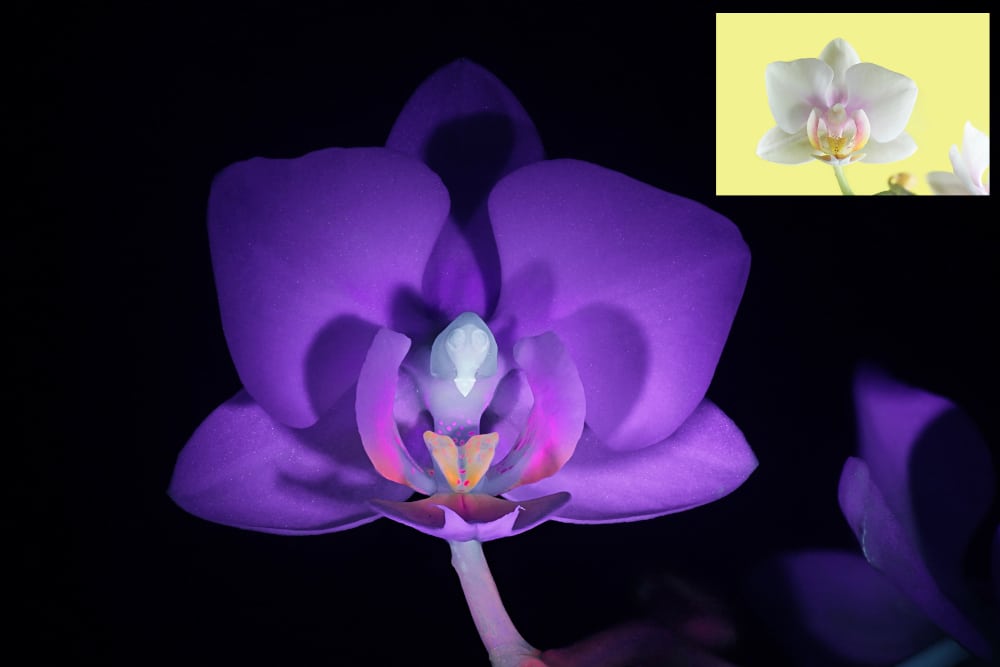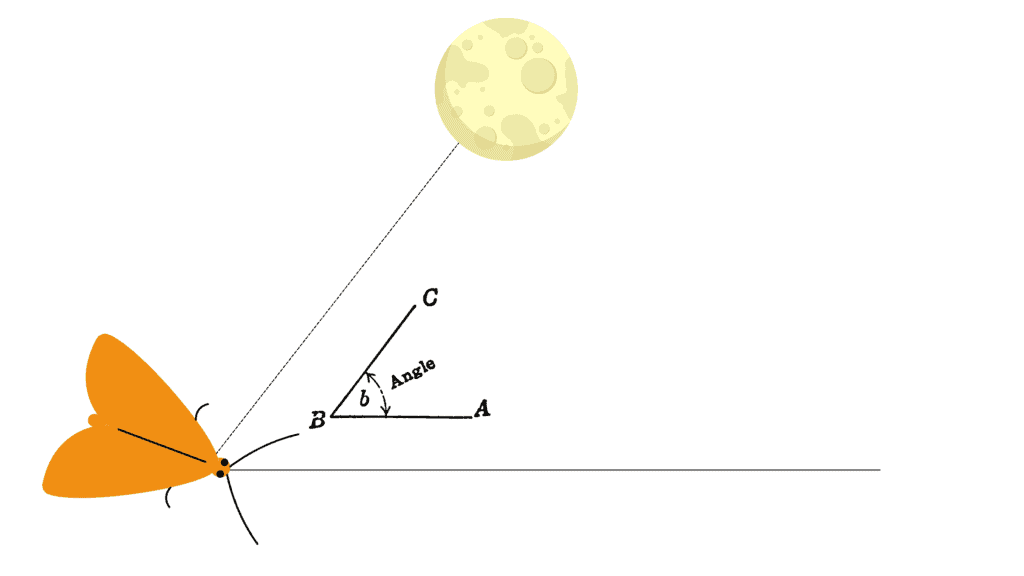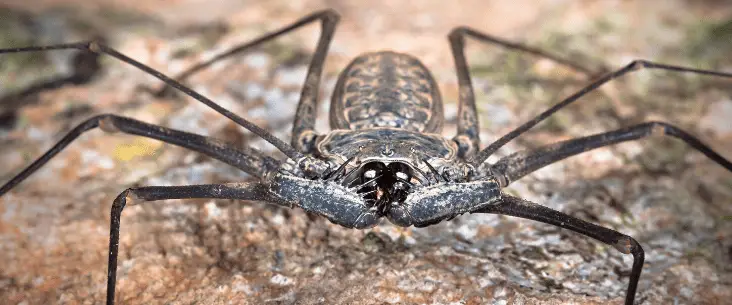Summer eves, the last warmth of the day, slowly it gets darker, reading a nice book… and tens or hundreds of bugs murmuring around the lights. Especially in the summer months, many bugs seem to be attracted to the light, flying continuously around it in neverending circles. So why is it that bugs seem to be so attracted to lanterns and porch lights?
Many bugs use a natural light source to navigate and orientate, and artificial light sources disorient them where they are attracted towards the light. However, scientists still not have been able to prove this theory. Other theories are that bugs use light to locate food sources or that light is often seen as a heat source for cooler nights.
Are bugs driving you crazy sometimes when you are sitting under a porch light? Ever since we invented artificial light, we know it attracts many types of bugs. We even used this knowledge to develop insect lamps to exterminate flying bugs like flies and mosquitos. But why are bugs so attracted to light? Let’s have a closer look.
Why are night insects attracted to light? Different theories explained
Although we know for many decades that artificial lights attract all kinds of strange bugs at night, we still do not fully understand why this is the case. However, scientists have come up with a few theories about why bugs behave this way.
Light as navigation
The most popular and believed theory is that bugs use natural light sources to orient themselves and navigate their movements. Even when it is dark, there are always some lights, like the stars and the moon.
They believe that bugs use the sun, moon or stars to navigate their movements, similar to how sailors used to navigate by the position of the stars.
By keeping the angle of its body the same towards the moon’s position, a bug can orientate and navigate itself without flying continuously in circles. However, with an artificial light source, a bug can easily become confused and disorientated, resulting in continue circular flights around the light source.
It is even suggested that when a bug perceives the light stronger in one eye than the other, it causes the wing on that side to beat faster, making it fly in circles when it is possible to come close to the light source.
Light as guide for food
Studies have shown that light plays a large part in the guidance for food. Flowers reflect some light, but this light is not visible to the human eye. We talk about ultraviolet light, and this can be seen by bugs. Bugs have a complete other perception of how a flower looks like. Many moths feed on flower nectar, and bugs are drawn by the small amounts of UV-light from plants.
However, many artificial lights give off some small amounts of UV-light as well, which probably attract the flying bugs. They mistake the light bulb and small UV-light for a flower they can feed on.
Did you ever notice that your white clothes will attract many bugs at night? This is caused by the same effect. White clothes also reflect small amounts of UV-light that will attract all kind of flying bugs.

Light as guidance for free passage
Another theory why light attracts flying bugs is that light means a free passage. For the light to travel, it needs free passage. So when you perceive light, it means that up to the source, there is a free passage to travel. The change that you hit something will be rather small that way.
That also means that light is a signal for a passage to escape from potential danger. As long as a bug sees the light, it is not blocked by a predator or another obstacle. This would explain why you see flying bugs flight right into the light source, hitting the light bulb or lantern.
Therefore, glass is deceitful for bugs. The light still coming through but is a hard obstacle for flying bugs. That’s why you sometimes hear insect bump against your windows during the day, or during dark hours when you have a bright light on behind the window.
Did you know?
Did you know they use light to discover new bug species? Scientist uses high attractive light sources and a large white sheet to discover and map new bugs species. The light, in combination with the white sheet, attracts a large number of bugs. This way, we can better understand the diversity of bug species. Although we do not exactly know why they are attracted to light, the fact that bugs do can be helpful in science.
Are they actually attracted to light or heat?
One mistake that is commonly made is to treat all insects the same. Different bugs will respond differently to light. We already discussed different theories about why flying insects are attracted to light.
This phenomenon is called phototaxis — the movement of an organism towards or away from a light source. When a bug is attracted to light, it is called positive phototactic (moths), and if it moves away from light or tries to escape light, it is called negative phototactic (e.g. cockroaches).
But it is not only light that attracts bugs. Many lights produce a lot of heat, which is the waste of energy conversion into the light. Many bugs also perceive this heat, and in the colder night temperatures, it attracts many bugs towards this heat.
Do LED Lights Attract Bugs?
Do bugs be attracted to all types of light? The short answer is no. However, the full answer is more complicated.
There are many research papers on the correlation between the type of lights and the presence (c.q. attractiveness) of bugs. Different light wavelengths, colour temperature and heat production, attract different types and amounts of bugs.
LED has almost no heat production and is very efficient in using its energy. So it will not attract many bugs because of heat. However, bugs are attracted to certain light colours. So it depends on the light wavelengths and colour temperature if LED attracts bugs as well.
In a paper by ecologist Michael Justice, where he tested the attractiveness of six different lighting types often used in households, the LED light is much less attractive to bugs than other types of light.
“From an ecological perspective, LEDs with a warm color temperature should be favored because they attract the fewest insects, their lower emission in the blue spectrum should reduce their contribution to light pollution, their directional technology allows for more precise lighting, and they have favorable energy conversions and life cycle assessments.”
Are there any lights that don’t attract bugs?
Is there any light source that won’t attract bugs? Well, no. Because of the huge diversity of bugs living on this planet, there is always some (type of) bug that will find a way towards your light.
However, you can reduce the number of bugs attracted to a light source by using a specific colour temperature. Very warm yellowish light is the least attractive light to bugs. So if you have a light source with a colour temperature of around 2000-2500 Kelvin, you will see much fewer bugs flying around the light bulb.
There are special LED bug lights that combine the best wavelengths and colour temperature so that they are almost non-attractive to bugs. So if you don’t want to be bothered with many bugs in the evening hours, you should buy one of these lights!
Because bugs are useful and important in ecology, it is better to prevent bugs be attracted to light instead of killing them with bug trap lights.
Why are insects the most successful animals on this planet?
Bugs come in many forms and shapes. And they often live in sheer amounts. But why? Why are insects so successful animals? Discover this and more in the article ‘Why are insects the most successful animals‘.
Share this page!





